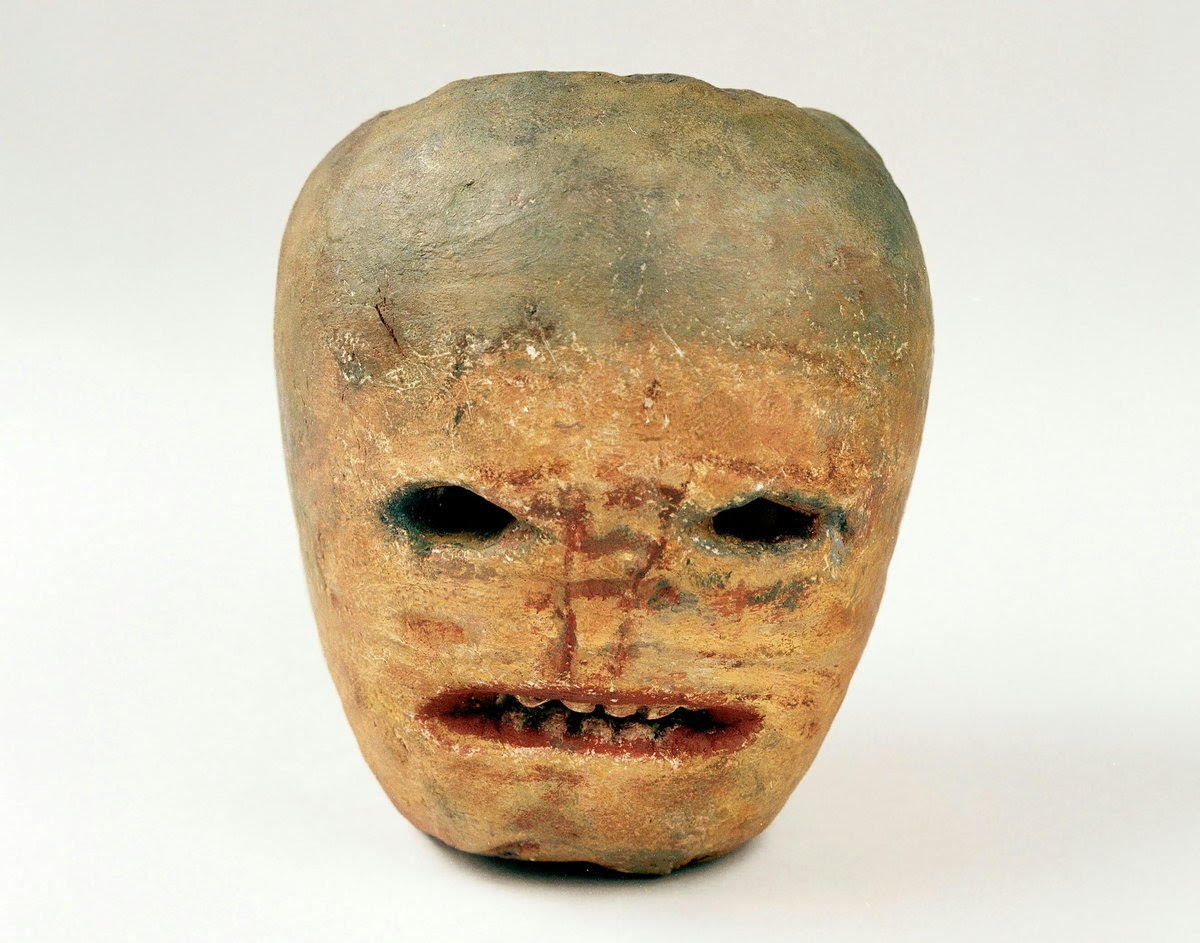This Monday, 31 October, we celebrate Halloween. As homes are transformed into spooky little villages and young and old alike dress up in costumes, one might wonder about the origins of this festival that has become unmissable.
Indeed, this celebration goes back 2500 years and the traditions were quite different.
Origins, legends and symbols
The ancestor of Halloween, Samain is a festival of Celtic and Gallic origin which consists of celebrating the end of the year and the beginning of the new one.
At that time, in Celtic mythology, the year was divided into two periods:
– the dark season, which began on 1 November and marked the beginning of winter,
– the light season, which began on May 1st and was the beginning of summer.
Thus, the end of the light season in October marked the end of the year and the beginning of the new one.
It was at this time that the festival of Samain began.
A bridge between both worlds
It is believed that on the day of Samain, the border between the world of the living and the world of the dead was opened.
The spirits of the dead visited the living, while the latter had the opportunity to discover the Other World.
On this night, people who had lost loved ones would leave the door of their home open so that the spirits of the dead could enter.
Course of the festivities
On this night, people who had lost loved ones would leave the door of their home open so that the spirits of the deceased could enter.
The day of Samain was 31 October, the evening of the full moon. The festivities began 3 days before and ended 3 days after.
During these seven days, the memory of heroes and the deceased was honoured.
The festivities were punctuated by abundant feasts, songs, sacrifices, and the creation of the new fire by the druids.
The inhabitants extinguished the chimneys of their homes and the druids lit a sacred fire to ward off evil spirits.
At the end of the festivities, each inhabitant took home a few embers from the sacred fire, so as to protect their home.
From Samain to All Saints’ Day
The Roman conquest gradually influenced Celtic festivities and traditions, which began to disappear.
It was in the 8th century that the festival of Samain was finally replaced by All Saints’ Day, established on 1 November, and henceforth considered to be the day of all saints.
Christianity’s desire to oust pagan traditions to make way for a common faith.
From Ireland to the United States, an evolution of traditions and symbols
In the 19th century, as a result of the Great Famine, the Irish moved to the United States and arrived with their legends and traditions.
To celebrate this holiday, they used to dig turnips and put a candle inside, a ritual not unlike the legend of Jack O’lantern.
According to an old Irish tale, Jack O’lantern was a drunkard, egocentric and obnoxious prankster who never missed an opportunity to challenge the devil.

On 31 October, the gates of Paradise as well as those of Hell were closed to him.
He was therefore condemned to wander around in darkness with a hollowed-out turnip filled with a burning thistle as a lantern.
According to legend, he reappears every year on Halloween, the day he died.
For a long time, the turnip was used to commemorate Jack O’lantern.
Gradually, following expatriation to North America, traditions evolved.
Today, young and old alike dress up as scary characters and go out to collect treats.
The turnip has not escaped this evolution, since it has been replaced by the pumpkin, which is easier to carve and has become the flagship emblem of Halloween around the world.
Halloween around the world
While Ireland and Scotland are the birthplace of Halloween, many countries celebrated and still celebrate the event in their own way.
In Belgium, the tradition is reminiscent of Jack O’Lantern.
It was customary to dig up beets, create scary faces and fill them with a candle. These creations were called Grign’ Dints by the Walloons.
In England, this festival was called “The Night of the Nutcracker” and was celebrated with the family around a fire, where everyone told stories while eating nuts and apples.
In Mexico, “El dia de los muertos” is celebrated, an ancestral tradition that begins on 31 October and ends on 2 November. This festival marks the return of the spirits of the dead to their homes.
On this occasion, Mexicans build altars for the deceased on which they place various offerings (portraits, candles, flowers…)
Although today’s traditions have evolved greatly over the centuries and across cultures, Halloween has retained the same purpose in some cultures: to commemorate the dead.
Sources : Histoire pour tous, Caminteresse, découvertedumonde.com, Bretagne.com, Wikipédia
Julie Paineau.
➨ Find us on our networks Facebook & Instagram ! 😀⚡


